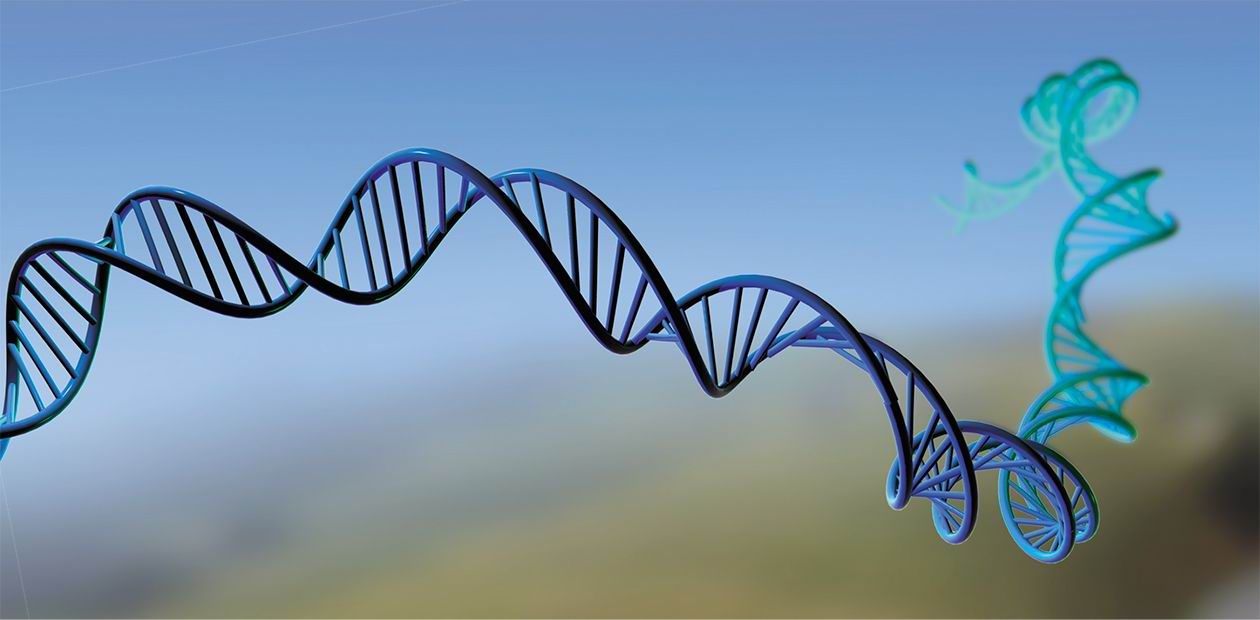The Remedy for Genes
Physicians have always dreamed of substances that would act on particular genes, i. e., on the root of many diseases. Indeed, such substances make it possible to create drugs, actual “magic bullets”, capable of influencing the hereditary material of various infectious agents without any harm to the human body and inhibiting the activity of oncogenes responsible for malignant cell growth. The creation of such substances that would influence the genetic material in a directed manner is one of the main challenges in molecular biology, because they will allow the gene functions to be studied directly and, eventually, to be controlled
So, how is it possible to change the genetic program of interest? All genes have similar chemical composition and structure: the difference between them consists only in the alternation order of four monomer blocks – the nucleotides A, T, G, and C. To act on a particular gene, a molecule of the substance should recognize this particular nucleotide sequence by some way or other, which is, at first glance, an unsolvable problem.
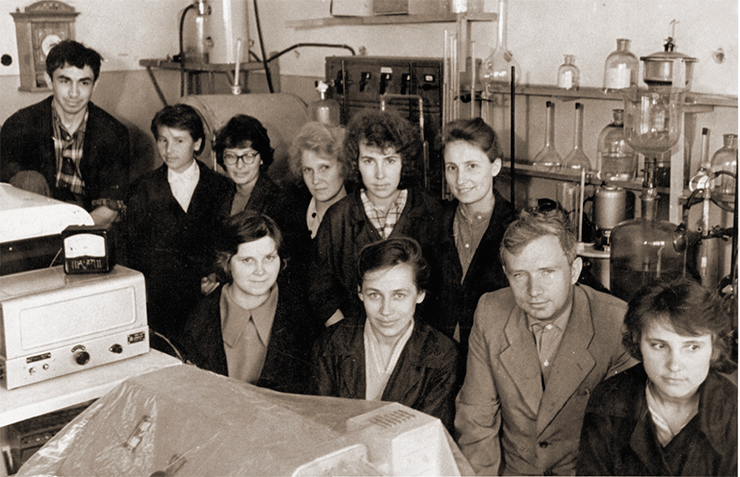
Nonetheless, a team of Siberian chemists, who came to the Novosibirsk Akademgorodok in the first years of its foundation, had another opinion. N. I. Grineva and D. G. Knorre (Institute of Organic Chemistry, Siberian Branch of the USSR Academy of Sciences) utilized the principle of molecular recognition, used by Mother Nature itself, to formulate the concept of directed impact on the genes with the help of oligonucleotides, fragments of nucleic acids, “armed” with special chemical groups. The first paper on oligonucleotides by the Siberian chemists was published in 1967: this particular date is now regarded as the official “birthday” of this new direction in molecular biology and pharmacology.
They Were Pioneers
At the initial stage, a small group of young researchers, postgraduates, and students of Novosibirsk State University implemented this project, unusual and audacious (at that time, nobody in the world planned any research of this type). They had to start virtually from the ground up, as nobody at that time knew how to synthesize oligonucleotides in an appropriate amount; besides, no devices for manipulation with small amounts of nucleic acids and no efficient methods for determining their sequences were available. Our chemists succeeded in solving these problems due to interdisciplinary research – a principle that laid the foundations of the activities of the Siberian Branch.
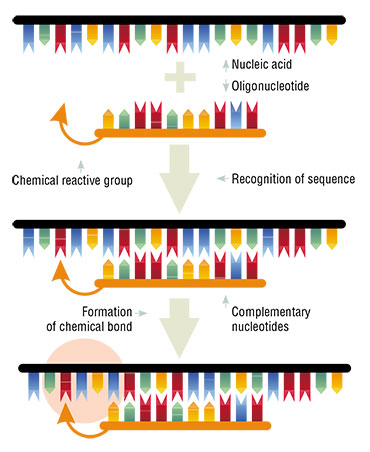 The production of nucleic acids was organized and methods for their chemical modifications were elaborated at the Novosibirsk Institute of Organic Chemistry. Devices for the analysis of nucleic acids and manipulations with their small amounts were developed in collaboration with researchers from the Institute of Nuclear Physics, and the design of automated oligonucleotide synthesizers was commenced together with chemists from Moscow State University. As a result, the scientists got at their disposal virtually all necessary analytical methods and equipment: thus, it was possible to start biological research.
The production of nucleic acids was organized and methods for their chemical modifications were elaborated at the Novosibirsk Institute of Organic Chemistry. Devices for the analysis of nucleic acids and manipulations with their small amounts were developed in collaboration with researchers from the Institute of Nuclear Physics, and the design of automated oligonucleotide synthesizers was commenced together with chemists from Moscow State University. As a result, the scientists got at their disposal virtually all necessary analytical methods and equipment: thus, it was possible to start biological research.
The experiments conducted initially with simple models and then with natural nucleic acids demonstrated that oligonucleotides actually interact with the targets (nucleic acids) with a high degree of selectivity. If reactive groups are attached to oligonucleotides, they chemically modify the target nucleic acids in a directed manner. Moreover, it was demonstrated for the first time that these reagents allow viral infections in animals to be inhibited and that they can enter the body through the skin, mucosas, etc.
The first publications on the biological effects exerted by oligonucleotides caused a tremendous interest of the specialists worldwide. The world’s first symposium on gene-directed substances based on nucleic acid fragments was organized in Akademgorodok in 1988. Scientists from the USA and France and, later, from other countries joined in the creation of such preparations; there appeared dozens of companies involved in the design of therapeutics using oligonucleotides.
The Complementary Medicine
The so-called antisense oligonucleotides, intended for selective inactivation of viral RNAs and certain cellular RNAs, were the first preparations with gene-directed action. It was planned initially to attach to these oligonucleotides the reactive groups that would chemically modify or destroy the target nucleic acids. However, it turned out that the binding of oligonucleotides to the RNA target itself had an effect so great that it could induce its destruction by cellular enzymes.
D. G. KNORRE, academician of the Russian Academy of Sciences, expert in the field of chemical kinetics, molecular biology, and bioorganic chemistry; he headed the Laboratory of Chemistry of Natural Polymers (1960–1984), the Department of Biochemistry and the Laboratory of Chemistry of Nucleic Acids (1970–1984) with the Institute of Organic Chemistry, SB RAS, and was Director of the Novosibirsk Institute of Bioorganic Chemistry, SB RAS (1984–1996) “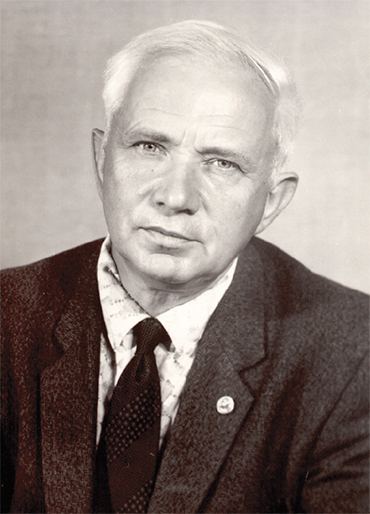 The antisense approaches based on the use of nucleotides and nucleic acids for inhibiting the biological activity of nucleic acids hold much promise in the cases when it is necessary to suppress the realization of undesirable information in living organisms. First and foremost, this opens up prospects for creating a new generation of antivirals and antitumor preparations. Such preparations have one indisputable advantage compared with the others…
The antisense approaches based on the use of nucleotides and nucleic acids for inhibiting the biological activity of nucleic acids hold much promise in the cases when it is necessary to suppress the realization of undesirable information in living organisms. First and foremost, this opens up prospects for creating a new generation of antivirals and antitumor preparations. Such preparations have one indisputable advantage compared with the others…
All oligonucleotides, regardless of where they are targeted to, can be created on the basis of the same technology. The nucleotide sequence is the only characteristic to be varied. In particular, the appearance of resistance to preparations is the phenomenon frequently encountered with in virology and oncology. This is most often caused by a corresponding mutation rendering an individual virus particle or a cancer cell resistant. In the case of any other approach, researchers should commence an empiric search for a new preparation. However, for the antisense approach one needs only to determine the particular change in the structure of the viral genome or oncogene that caused this resistance. Thereafter, it becomes clear what particular technology is needed to develop the new drug”*.
The interfering RNAs – short double-stranded complexes of RNA oligonucleotides – appeared to be the most powerful tool for “switching off” genes. Once such a complex enters a cell, one of the strands binds to the complementary sequence in the cellular informational RNA. This is the signal for a group of enzymes to commence cutting the RNA bound to oligonucleotides. As a result, the program for synthesizing a particular protein disappears.
In 2006, two US scientists were awarded the Nobel Prize in physiology and medicine for the explanation of the RNA interference mechanism. The creation of the gene expression regulators involving interfering RNAs opened up great possibilities for designing a wide range of highly efficient nontoxic preparations inhibiting the expression of virtually all genes, including tumor and viral genes.
“Correct” Mutations
 The specialists have also long been interested in the methods of mutagenic action on DNA with the help of oligonucleotides or their derivatives. A success in this direction can make feasible the issue that seems fantastic now – the correction of defective genetic programs.
The specialists have also long been interested in the methods of mutagenic action on DNA with the help of oligonucleotides or their derivatives. A success in this direction can make feasible the issue that seems fantastic now – the correction of defective genetic programs.
It has been proved experimentally that short oligonucleotides allow point mutations to be introduced into genetic programs. How is it done? The mutagenic oligonucleotides carrying “incorrect” nucleotide blocks are introduced into the cell, where they bind to DNA. Thus, “incorrect”, i. e., noncomplementary, base pairs appear in certain regions of nucleotide sequences, which the DNA cellular repair system interprets as damage. The nucleotides in such a pair are substituted by repair enzymes so that it becomes “correct” (complementary). This substitution can occur in both the oligonucleotide sequence and the cellular DNA itself.
In the latter case, we have a change in the genetic program, i. e., mutation. Although the overall efficiency of such a mutation process is not high, it is applicable to new cellular technologies. In particular, the stem cells of a patient with a certain hereditary defect can be treated with a specific mutagen to select the cells with the required mutation (i.e., the cells with “corrected” genetic program), reproduce them, and return to the body.
1967. The first paper on oligonucleotides – gene-directed biologically active substances – was publishedThus, the presently available oligonucleotides are capable of regulating the “work” of genes at various levels. For example, the above mentioned antisense oligonucleotides and interfering RNAs operate at the stage of protein synthesis, acting on messenger RNAs, informational molecules providing the assemblage of polypeptide chains. The antigene oligonucleotides, which form complexes with DNA, inhibit gene expression – the production of the mentioned messenger RNAs, whereas the aptamer oligonucleotides, similarly to antibodies, can bind to certain proteins and block them. In addition, certain oligonucleotides are capable of stimulating the immune system and are now used as components of vaccines.
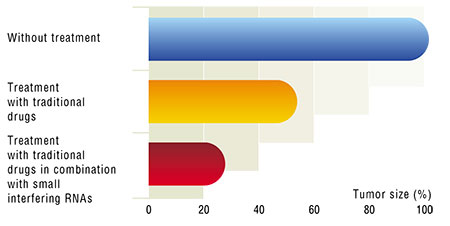 Now, large industrial and research sectors are involved in the elaboration and synthesis of oligonucleotides and their analogs. For example, last year the volume of the market of oligonucleotides intended for research exceeded 800 million dollars! Dozens of new types of chemically modified oligonucleotides have been developed and synthesized, and the corresponding antivirals and anti-inflammatory drugs on their basis are undergoing trials. Such research in this country is conducted mainly at the Institute of Chemical Biology and Fundamental Medicine, Siberian Branch of the Russian Academy of Sciences, where disciples and followers of Academician Knorre are working.
Now, large industrial and research sectors are involved in the elaboration and synthesis of oligonucleotides and their analogs. For example, last year the volume of the market of oligonucleotides intended for research exceeded 800 million dollars! Dozens of new types of chemically modified oligonucleotides have been developed and synthesized, and the corresponding antivirals and anti-inflammatory drugs on their basis are undergoing trials. Such research in this country is conducted mainly at the Institute of Chemical Biology and Fundamental Medicine, Siberian Branch of the Russian Academy of Sciences, where disciples and followers of Academician Knorre are working.
Thus, the fruitfulness of the idea that emerged in the Siberian Branch 40 years ago was proved by life itself. Using short fragments of nucleic acids as basic structures for designing gene-directed biologically active substances, one can quickly develop and produce specific drugs against virtually any virus. For this purpose, it is only necessary to decode the nucleotide sequences of viral genes, which is an easy task for the state-of-the-art technologies. This universal approach has a brilliant future: the results of recent studies, in particular, connected with directed mutagenesis, give us hope for future development of efficient remedies for control of the diseases still considered incurable.
Academician V. V. Vlasov ( Institute of Chemical Biology and Fundamental Medicine SB RAS, NSC)


